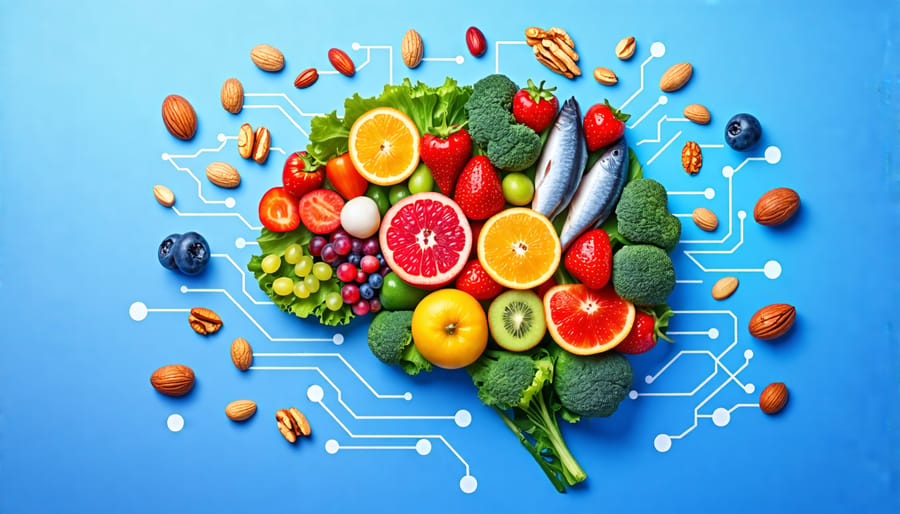
In the digital age, technology is often blamed for stress, distraction, and burnout. Yet, it’s also becoming one of the most powerful tools to improve well-being. Over the last few years, digital wellness apps have surged in popularity, helping millions of people manage stress, improve sleep, stay active, and practice mindfulness. With busy lifestyles and remote work on the rise, these apps provide accessible, affordable, and effective ways to build healthier habits.
Why Digital Wellness Is Growing
Modern life is fast-paced, and many people struggle to balance health with work and personal demands. According to research, high stress levels, poor sleep, and sedentary habits are among the top challenges impacting well-being. Digital wellness apps are filling this gap by making self-care more practical. With just a smartphone, users can access meditation guides, track workouts, monitor sleep, or even connect with virtual therapists.
Another driver of growth is personalization. Many apps use artificial intelligence and data tracking to tailor recommendations to individual needs, making wellness support more effective than generic advice.
Categories of Wellness Apps That Work
- Mindfulness and Meditation Apps
Apps like Headspace and Calm have become household names, offering guided meditations, breathing exercises, and sleep sounds. Research shows that just a few minutes of daily mindfulness can lower anxiety and improve focus. These apps make meditation approachable, even for beginners. - Fitness and Activity Trackers
Apps such as MyFitnessPal, Nike Training Club, and wearable-connected platforms like Fitbit help users track exercise, set goals, and stay motivated. Many include free workouts, making fitness accessible without costly gym memberships. - Sleep Improvement Apps
Poor sleep is a major wellness concern. Apps like Sleep Cycle and Pzizz monitor sleep patterns and offer soothing sounds or relaxation exercises to promote deeper rest. Better sleep, in turn, boosts productivity and emotional well-being. - Nutrition and Healthy Eating Apps
From calorie counters to meal planners, apps like Yazio and Lifesum simplify healthy eating. They help users balance macronutrients, plan meals, and stay accountable to dietary goals. - Mental Health Support Apps
Platforms like BetterHelp and Talkspace connect users with licensed therapists virtually. This makes mental health care more accessible, especially for people in remote areas or with busy schedules.
What Makes an App Effective?
Not all wellness apps are created equal. The ones that truly work tend to share certain qualities:
- Ease of Use: Simple, intuitive design keeps users engaged.
- Personalization: Tailored recommendations fit unique lifestyles and goals.
- Consistency Tools: Features like reminders and progress tracking encourage long-term use.
- Evidence-Based Practices: Apps rooted in science—such as CBT for mental health or mindfulness for stress relief—deliver real results.
Conclusion
The rise of digital wellness marks an important shift in how we approach health. By putting meditation, fitness, nutrition, and therapy at our fingertips, these apps make self-care more accessible than ever. While technology can contribute to stress, it can also be a powerful ally in building healthier habits. The key is choosing apps that fit your lifestyle and using them consistently. In 2025 and beyond, digital wellness isn’t just a trend—it’s becoming an essential part of everyday life.

